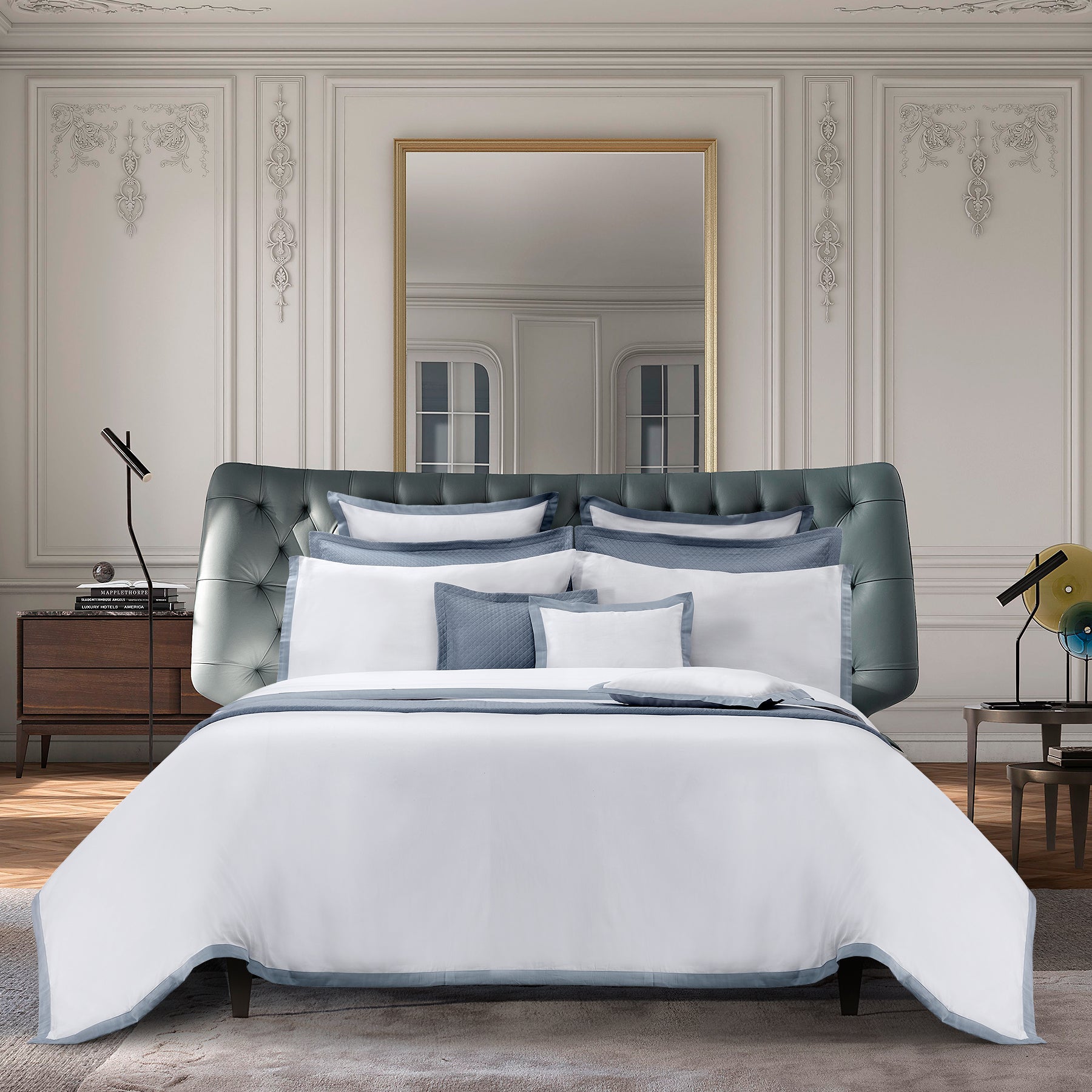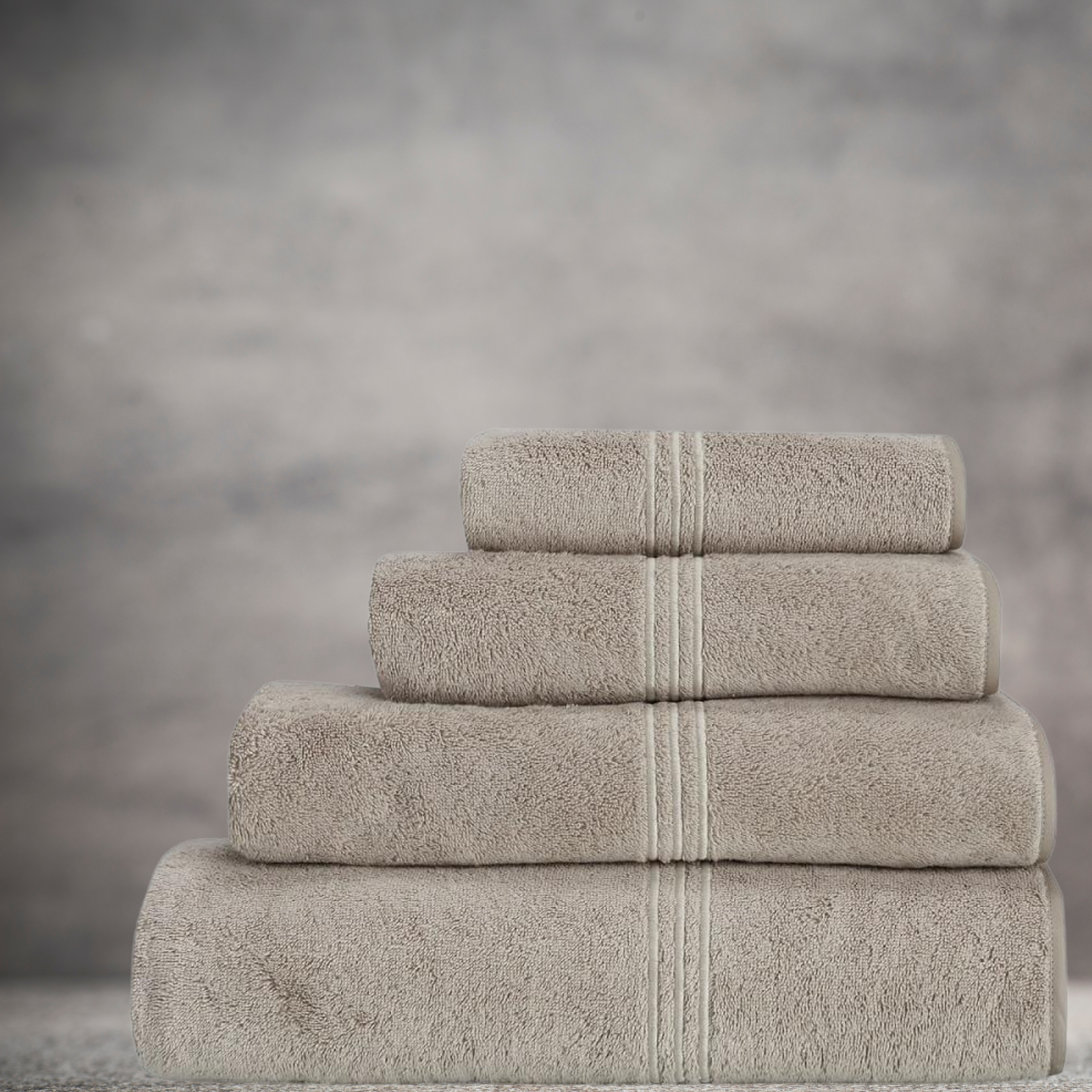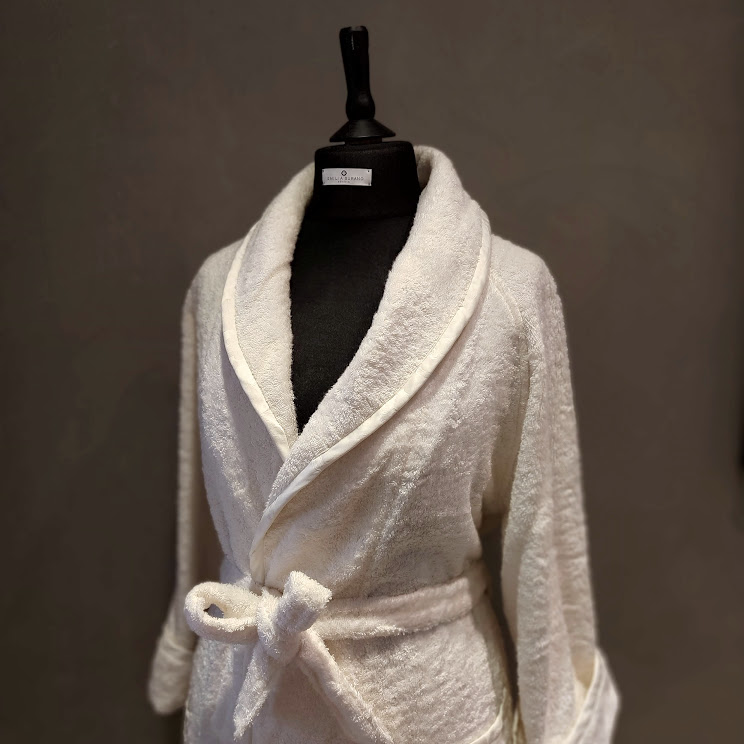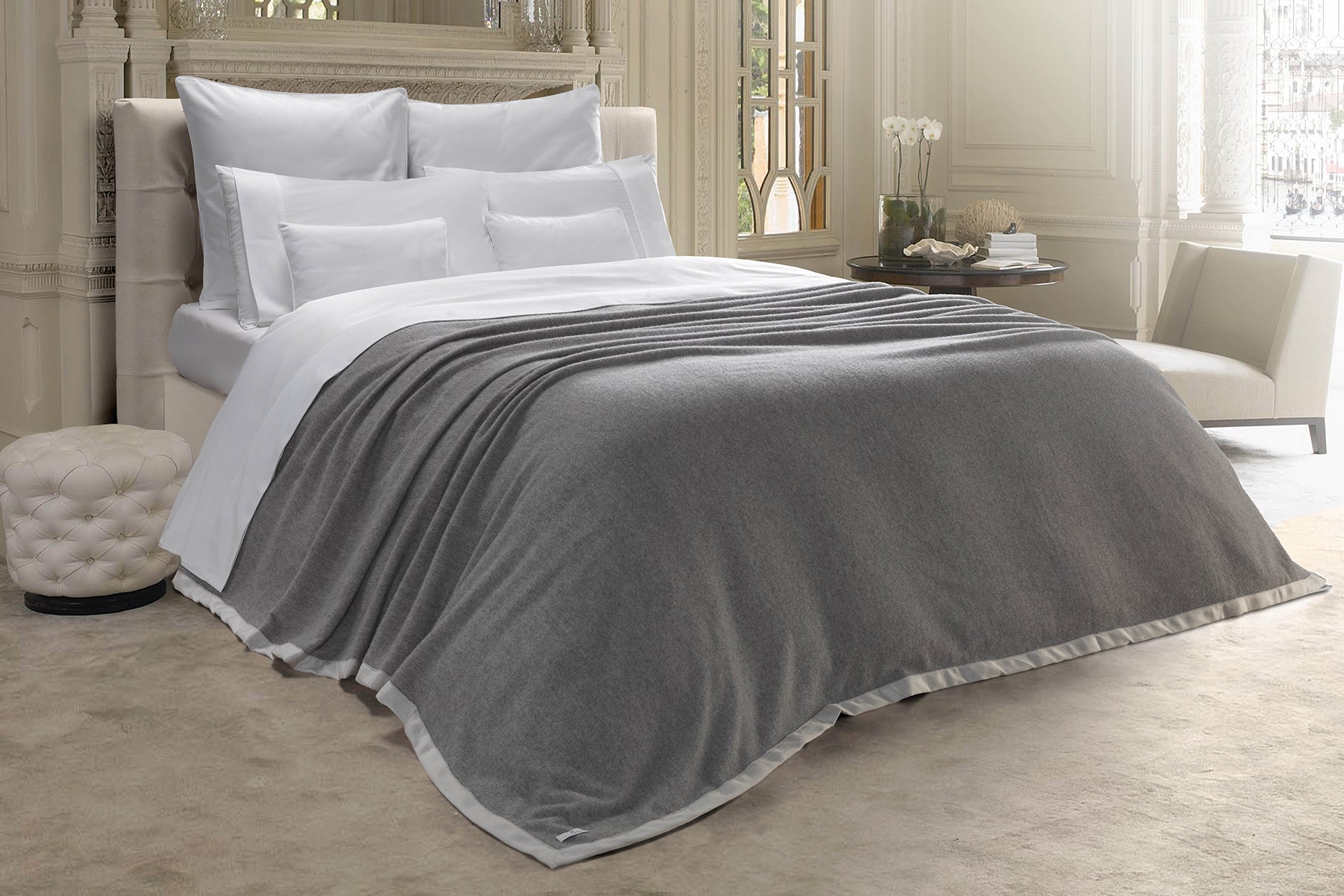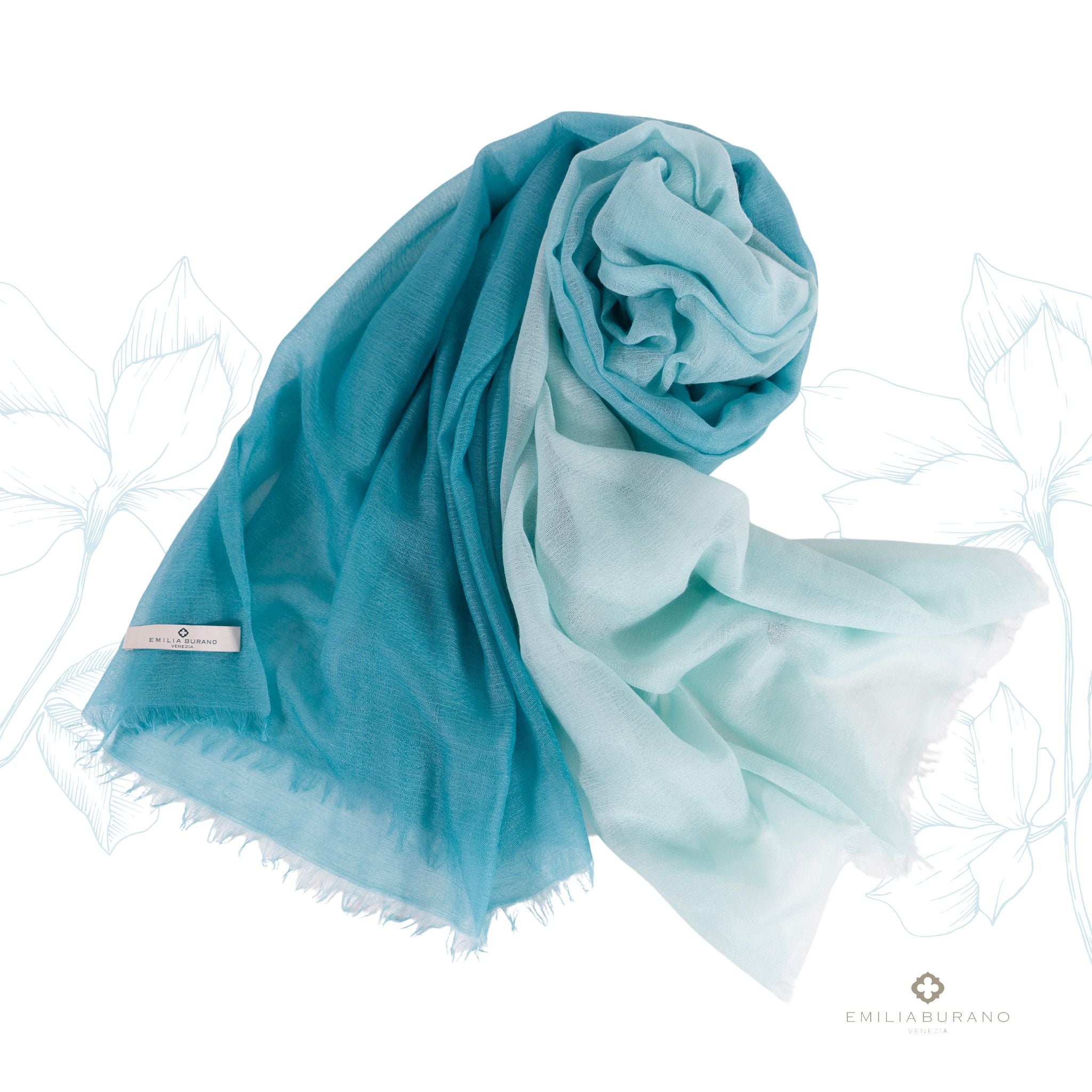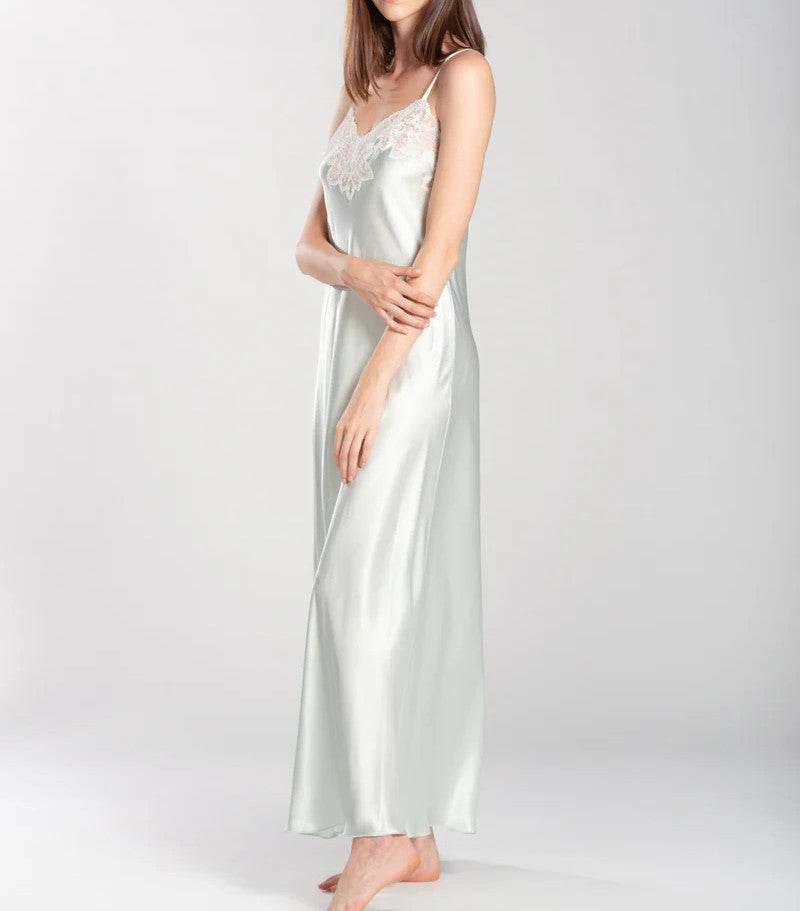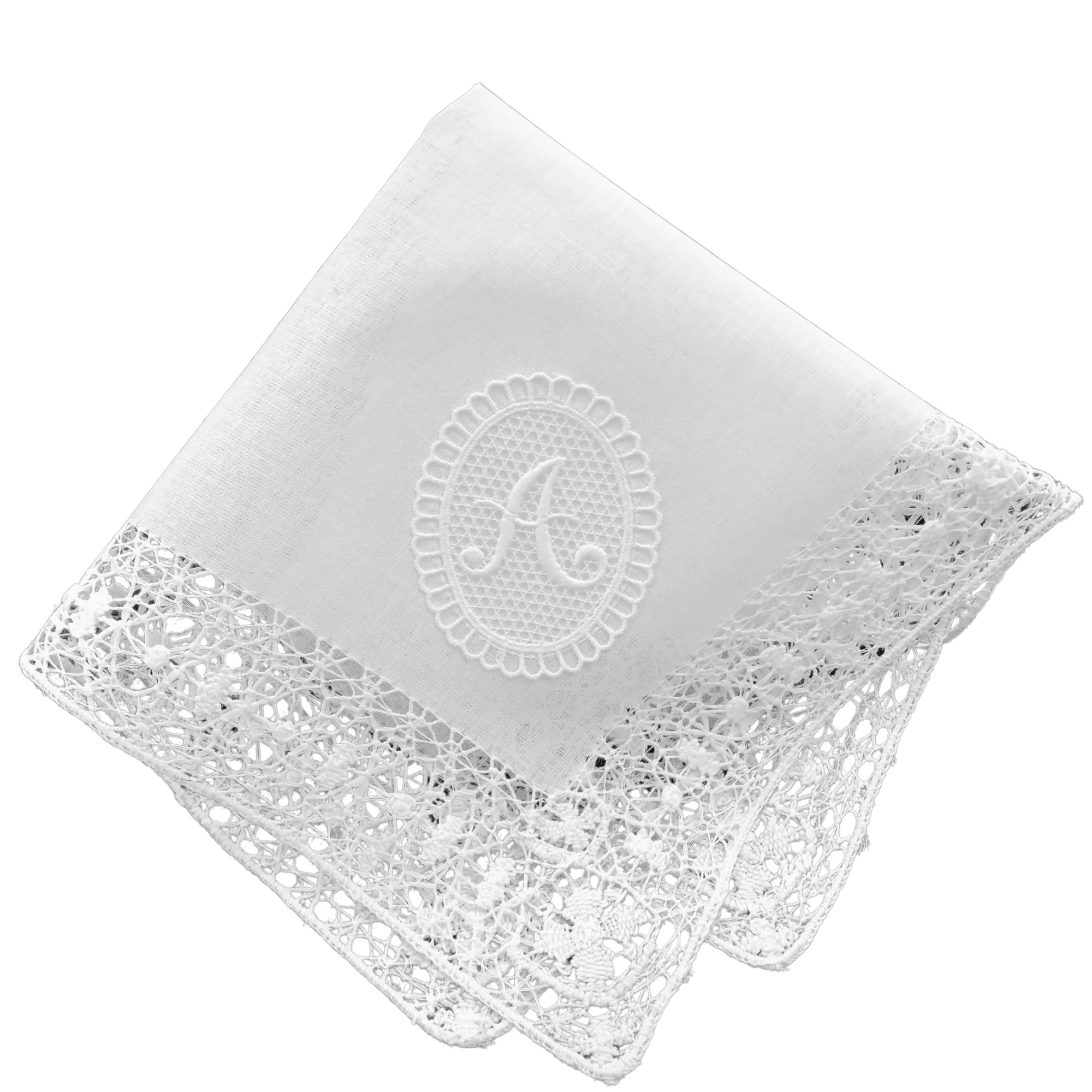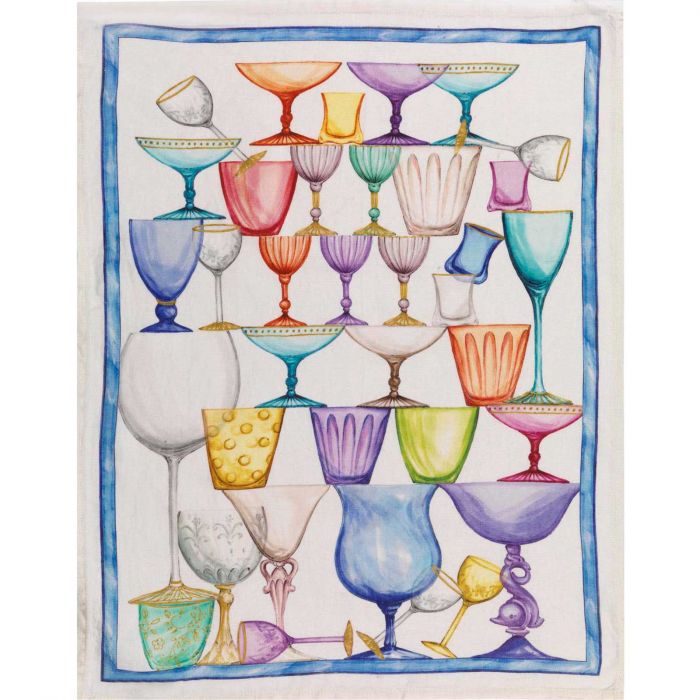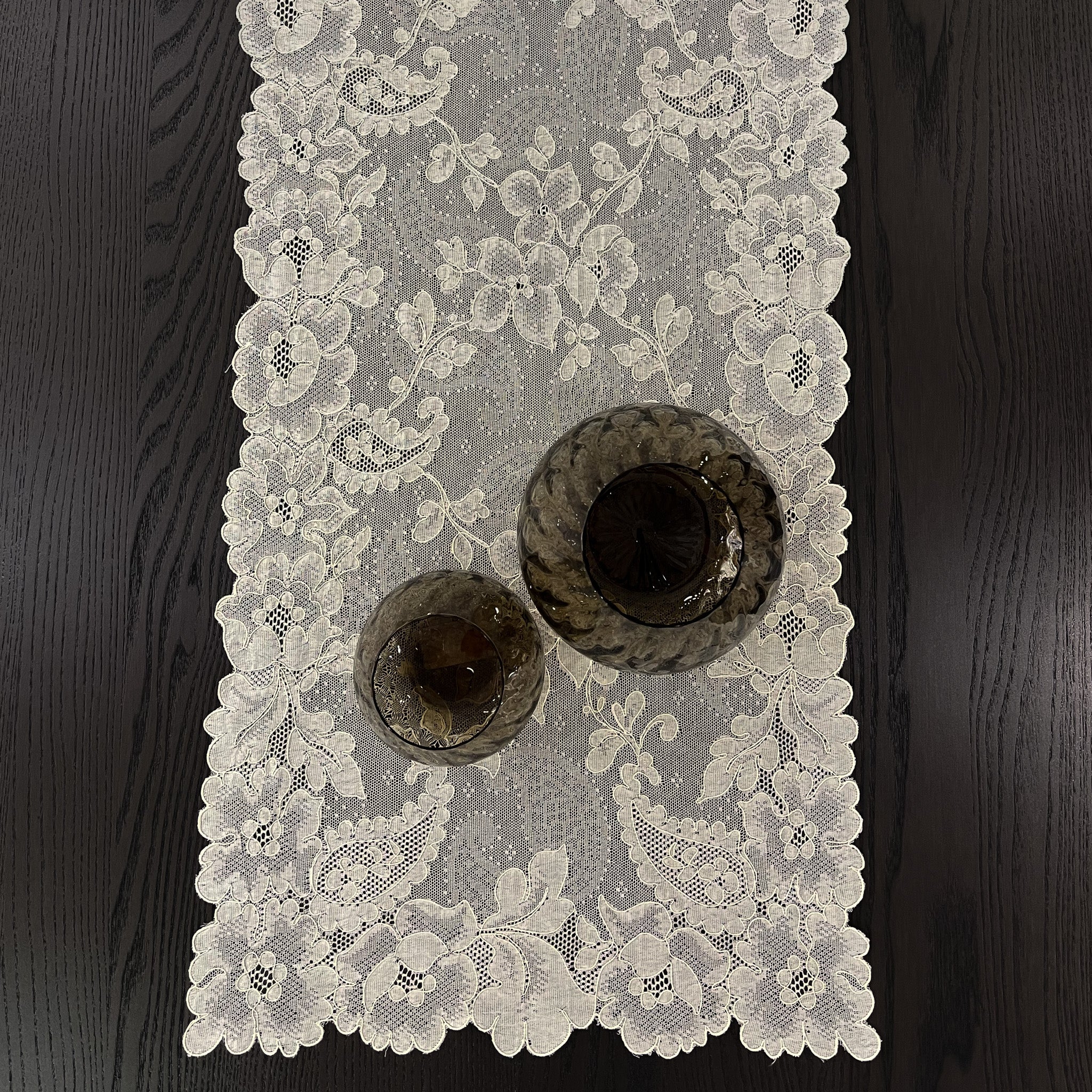
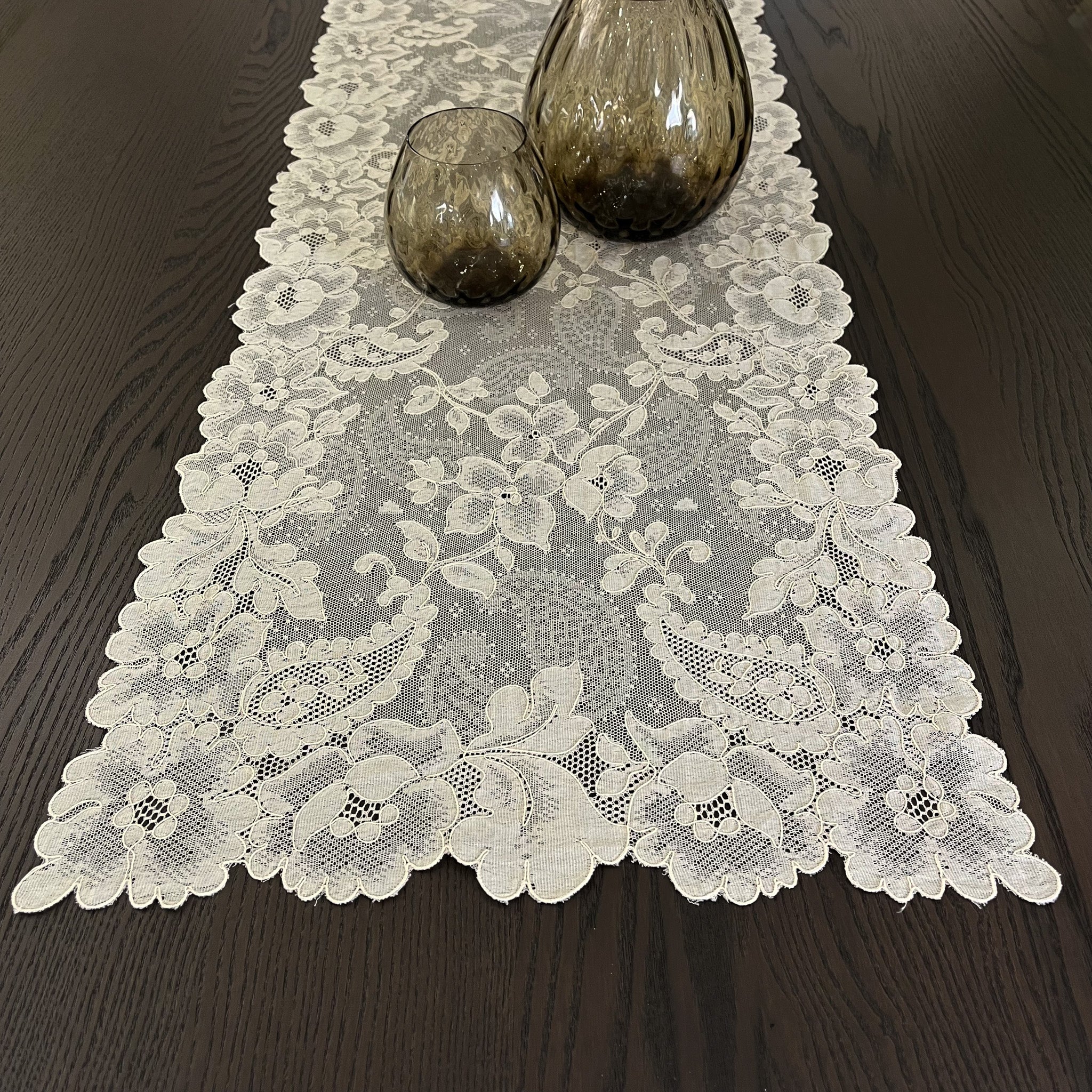




"CA D'ORO"
"Ca d'oro" è una delle collezioni storiche Emilia Burano
Tessuto a mano sui nostri antichi telai in legno di fine '800 e ricamato a mano
Pura eleganza di questi sottobicchieri o sottopiatti leggerissimi
Disponibili in avorio e bianco
-
100% puro cotone
- Lavabile in lavatrice
- Fatto in Italia
- Tovaglia e runner disponibili su richiesta e misura
Choose options






"CA D'ORO"
Sale price€1.190,00


